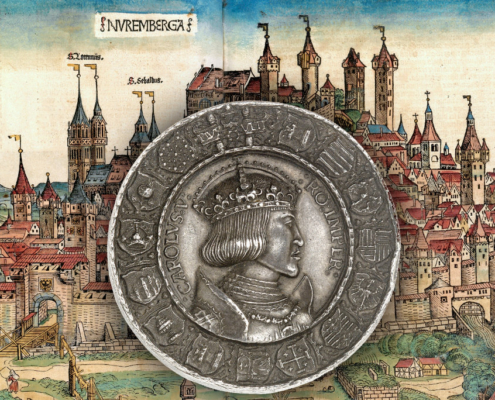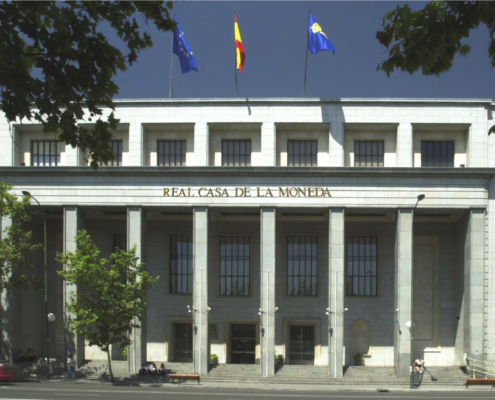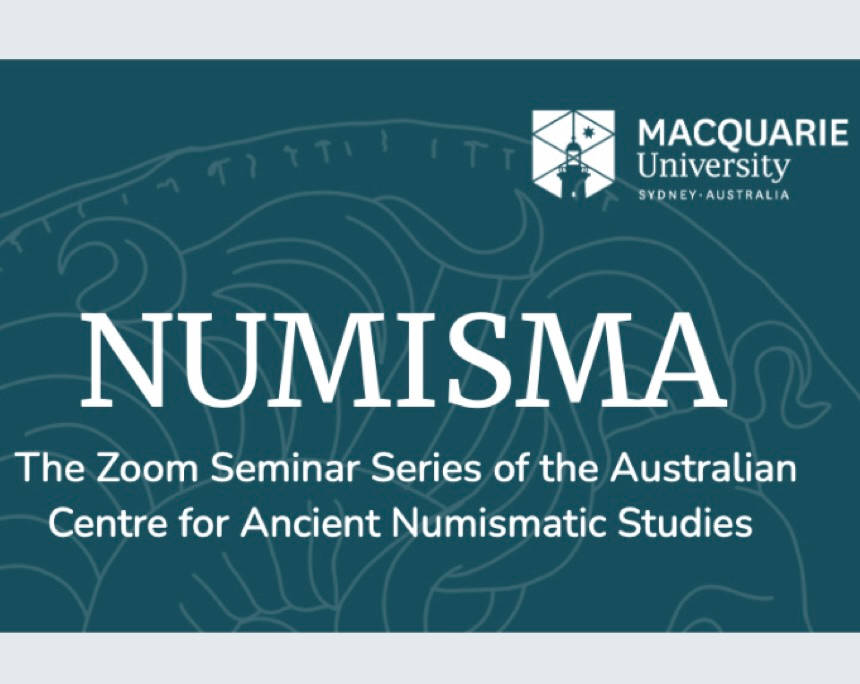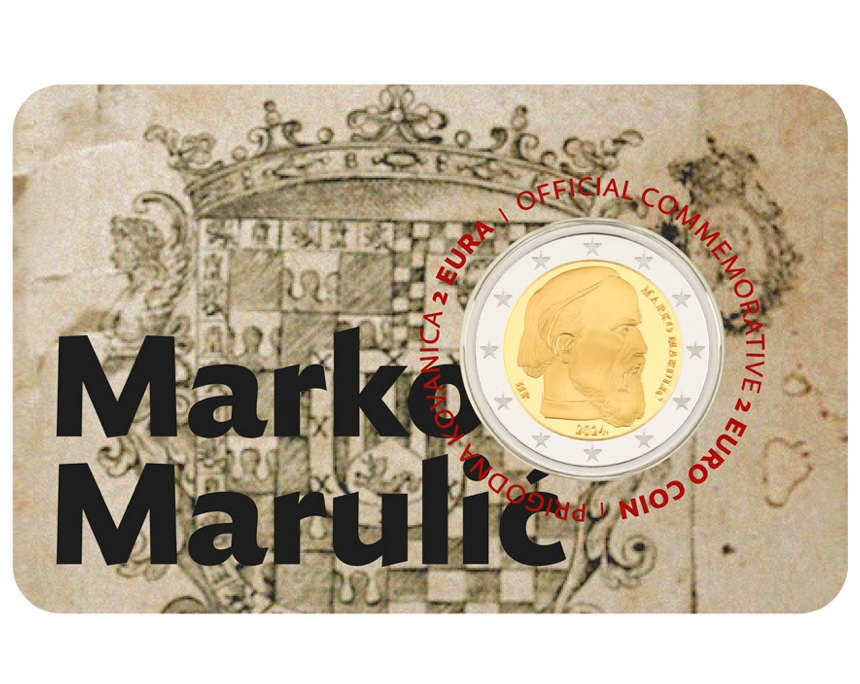1/2 Reichstaler 1621,
under Wilhelm V of Hesse-Kassel as administrator.
Condition: ef+


city of Besançon,
3 Pistols 1666 with title Charles V.
Condition: CH UNC

Bavaria, Chaise d'or (imperial shield)
1328-1347 under Emperor Louis IV.
Condition: ef

Reichstaler 1654-1668
under Count Guidobald von Thun.
Condition: vf-ef

Solidus (491-518)
under Anastasius the righteous.
Condition: vf-ef

Archive: People and Markets
Numisma – Zoom Seminars of the Australian Centre for Ancient Numismatic Studies
Registration is now open to attend the upcoming zoom seminar series of the Australian Centre for Ancient Numismatic Studies (ACANS). Everyone interested in the study of ancient coins is welcome and encouraged to join the online lecture series. Find the upcoming lectures here.
Two-Euro Ticker: New 2-Euro Coins in October 2024
As 2024 draws to a close for 2-euro collectors, 29 of the 35 planned coins have already been released. Last month, another surprise emerged from a Euro country.
Archive: Coins, Medals and more

A Medal Made by Dürer as the Official Gift of the City of Nuremberg for Charles V
On 29 January 2025, auction house Künker will be auctioning an object of major art-historical importance in Berlin: the very Albrecht Dürer himself had been commissioned by the Nuremberg City Council to create the dies for medals that were to be officially handed to Charles V during his entry into the city in 1521.

The Casa de la Moneda Museum in Madrid
Are you interested in coins of Spain and the Hispanic world? Then we have an important address for you: the Museum of the Casa de la Moneda in Madrid, which is located on the premises of the Spanish mint.















Report of the 30th ICOMON Annual Conference in Stockholm
The International Committee of Money and Banking Museums (ICOMON) held its 30th Annual Conference in Stockholm from 25 to 28 September 2024. The Economy Museum, as host institution, welcomed over 110 participants and 42 speakers from over 30 countries across the globe.
Numismata: The Coin Show with a Special Flair
From 2 to 3 March 2024, the internationally renowned Numismata will be held in Munich. Angela Modes invites collectors and coin dealers from all over the world to experience the wide range of offers at the show.